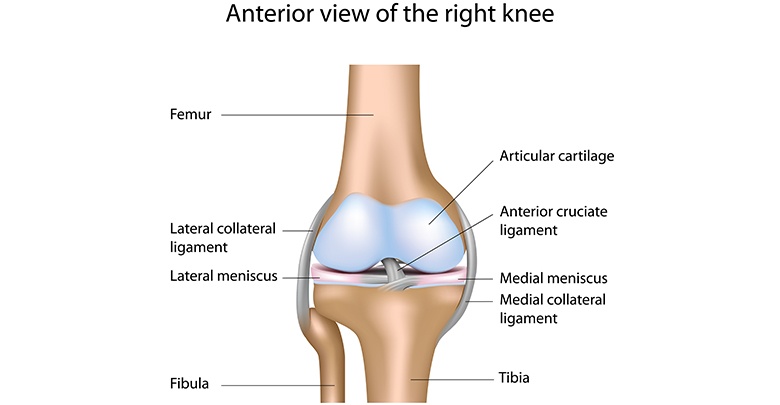The 7 Best ACL Rehab Exercises
ACL Rehab Exercises for you to do at home
ACL rehab exercises for you to do at home
This video will give you a better understanding of Anterior Cruciate Ligament (ACL) injuries, and the ACL rehab exercises you should do. In this video it shows the Phase 1 exercises which you should perform in the early phase of the injury, following diagnosis. It will also explaining some movements to avoid at this stage, and give you some basic guidelines as to what is important in this phase of rehabilitation and strengthening.
USE the OMH exclusive code "HEALTH15" to Save 15%These exercises are for the initial phase following the injury – you may do these exercises for only 2 weeks or possibly for up to 6 weeks. It really depends on how severe your injury was and whether you have had complications. Thereafter you would advance and move onto Phase 2 exercises. OhMyHealth will soon have the Phase 2 exercises on the website, so check in soon to download the next video.
Anatomy of the ACL

The Anterior Cruciate Ligament – which most people call the ACL – is the ligament that runs from the front of the tibia (shin bone) to the back of the femur (the thigh bone). The intact ligament prevents the tibia sliding or shearing backwards on the thigh bone.
Surgery vs no surgery… why ACL Rehab Exercises are important
If you have a partial tear of the Anterior Cruciate Ligament, it is possible to regain full knee function and return to your usual sports, however the muscles around the knee joint should ideally be very strong in order to compensate for the slight ligament tear. If you have a complete tear of the ACL you may also be able to follow a non-surgical rehabilitation programme, but this would need to be discussed with your Orthopaedic surgeon. Sometimes an ACL injury is also accompanied with an injury to the meniscus, and or the medial collateral ligament. Both meniscal injuries and medial collateral ligament injuries on their own respond very well to non-surgical management. However once again if it’s a more complex injury involving more than one structure, it’s always good to discuss the options with your Orthopaedic surgeon.
Recovery following an ACL tear
It is important to accept that an ACL injury takes a long time to recover from. You are probably looking at 4-12 months of strengthening and rehabilitation before you are back to your pre-injury condition. The length of time depends on the severity and complexity of your injury; how dedicated you are to doing the strengthening and rehabilitation; how fit and strong you were pre-injury; and the level of sport to which you wish to return following an ACL tear – the higher the level of sport, the longer you should give yourself to rehabilitate your knee optimally!
Long term prognosis following an ACL tear
Unfortunately a tear of the ACL does increase the likelihood that you will have osteoarthritis of your knee in the future. This is due to the increases in shearing forces in your knee, as a result of the decrease in ligamentous stability. It is therefore a really good idea to keep the muscles around the knee joint strong, to wear supportive foot wear, and to take supplements which support good joint health. You will find great information about these topics on OhMyHealth.
What to avoid following ACL tear
With an ACL injury, it is important to avoid what we call “open chain” knee extension. Open chain knee extension is when the foot is moving freely through the air and is not fixed on the floor, while you are straightening your knee. It is particularly important to avoid this movement when there is added weight or resistance!
Safe to do following ACL tear
By contrast, closed chain knee extension is perfectly safe following an ACL injury. In closed chain knee extension, your foot is fixed to the floor or flat surface while you straighten your knee. For example a squat movement, would be a closed chain exercise.
You can see all the the phase one exercises following an ACL injury in this video. Many times, even if surgery is in fact required, the Orthopaedic surgeon will refer the patient for Physiotherapy in order for the patient to complete this phase one rehab.
Often there is a huge amount of swelling with an ACL injury, and many people have difficulty straightening the knee completely. It is important to reduce the swelling by applying ice twice a day for not longer than 20 minutes. It is also important to regain the full straightening movement of your knee. In the video you can also see the “Torture cushion” technique which helps to regain full knee extension.
Good luck with getting started! The exercises are all available as a downloadable PDF to make it easier to do them daily.